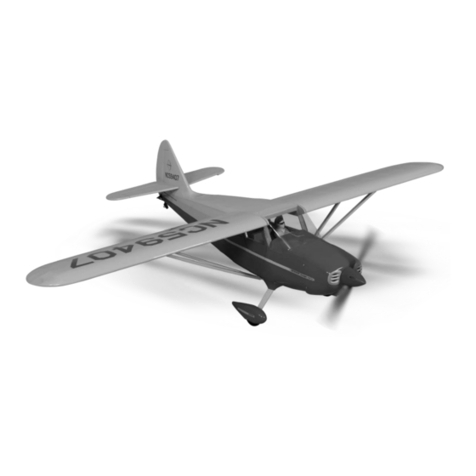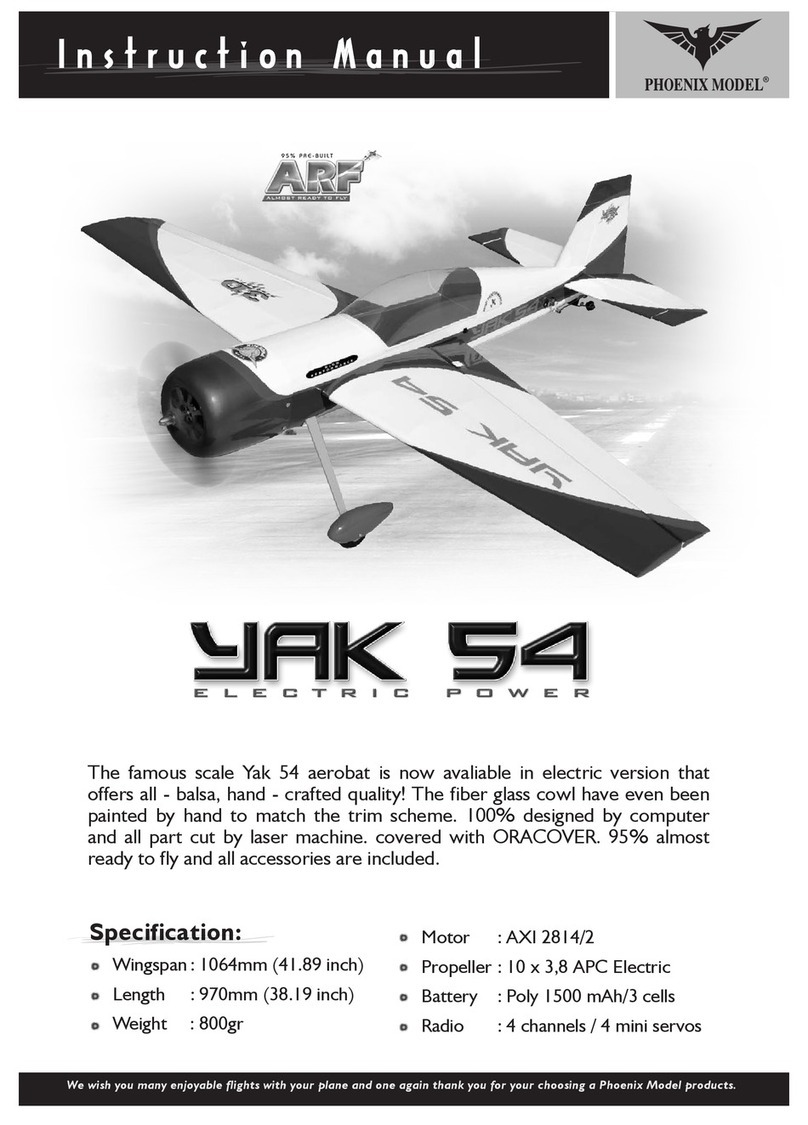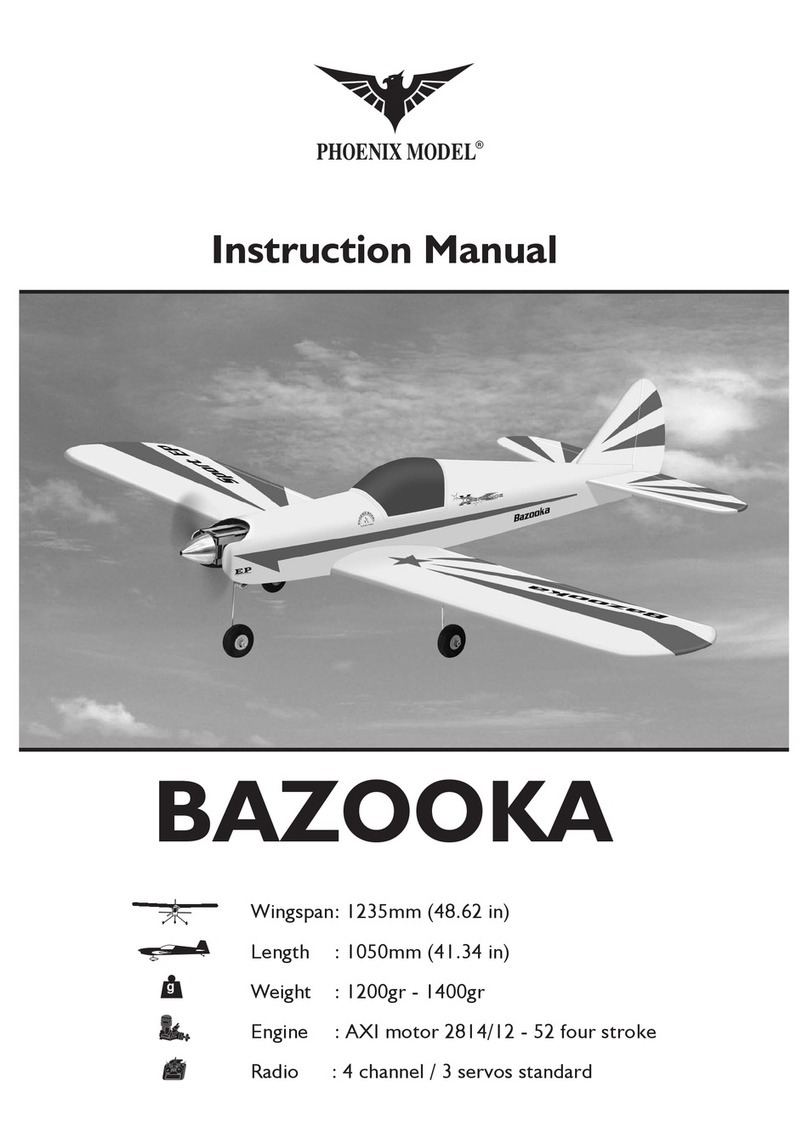Phoenix Model BULLDOG User manual
Other Phoenix Model Toy manuals

Phoenix Model
Phoenix Model Tiger 60 User manual
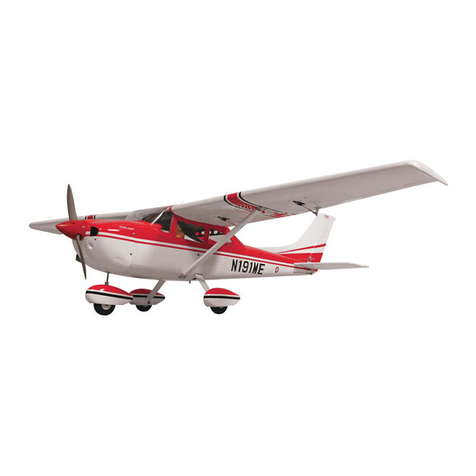
Phoenix Model
Phoenix Model PH059 User manual
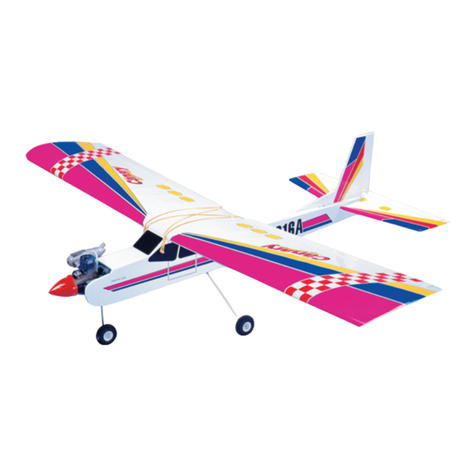
Phoenix Model
Phoenix Model CANARY User manual
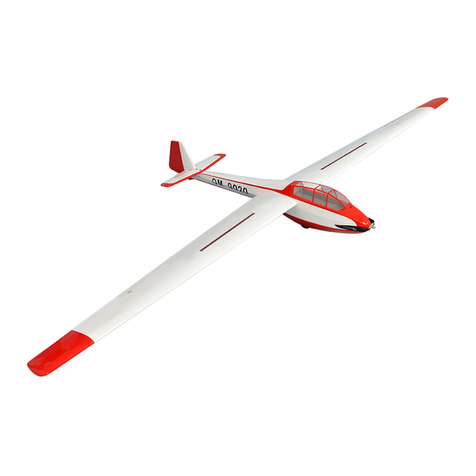
Phoenix Model
Phoenix Model BERGFALKE User manual
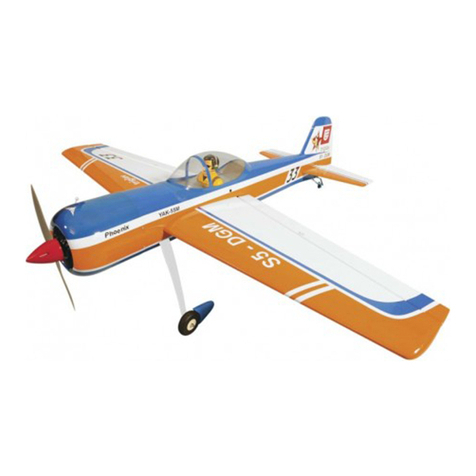
Phoenix Model
Phoenix Model yak 55 User manual
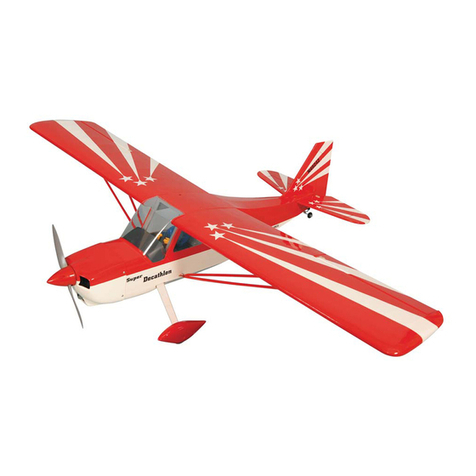
Phoenix Model
Phoenix Model decathlon User manual

Phoenix Model
Phoenix Model tucano 40 User manual
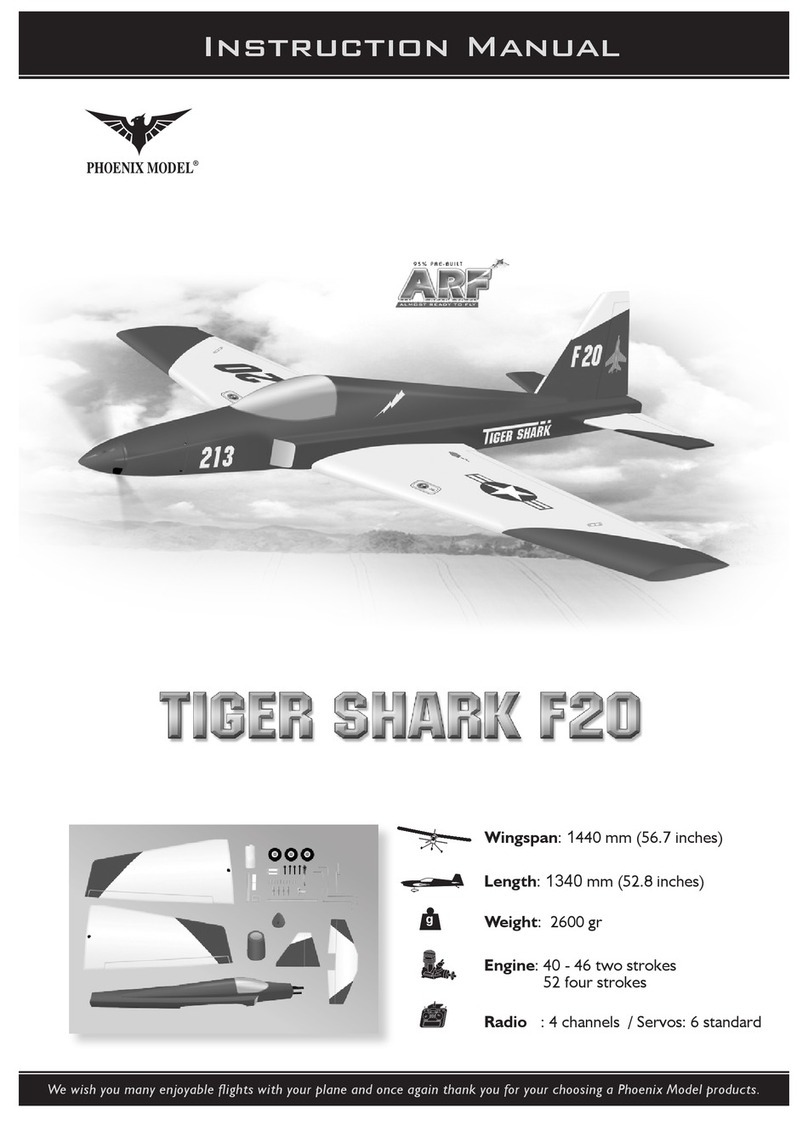
Phoenix Model
Phoenix Model Tiger Shark F20 User manual
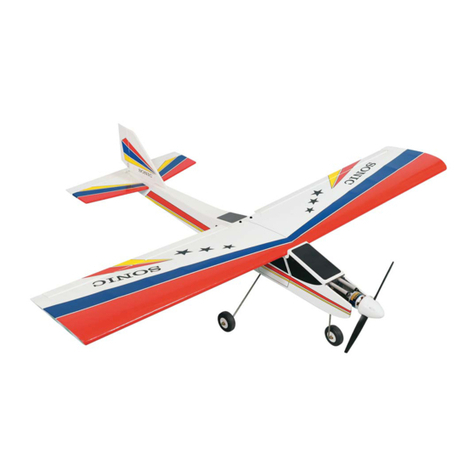
Phoenix Model
Phoenix Model Sonic High Wing User manual

Phoenix Model
Phoenix Model Tiger 3 User manual

Phoenix Model
Phoenix Model strega User manual
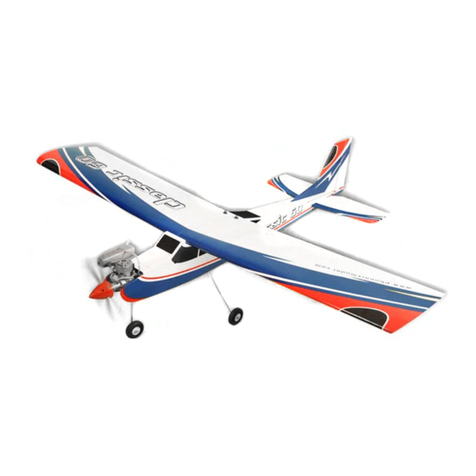
Phoenix Model
Phoenix Model Classic User manual
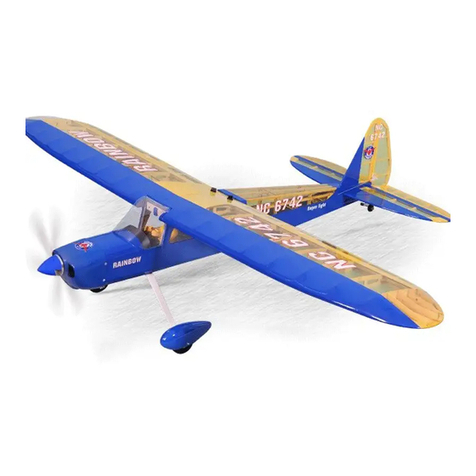
Phoenix Model
Phoenix Model Rainbow User manual
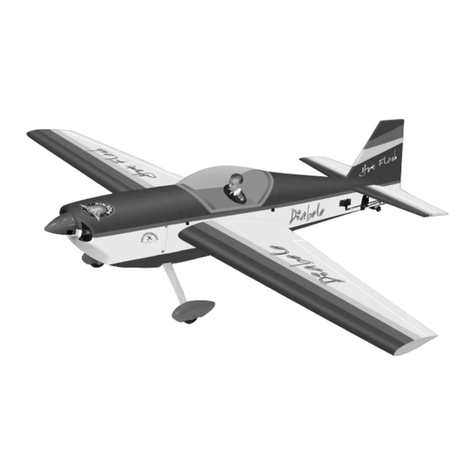
Phoenix Model
Phoenix Model Diabolo User manual

Phoenix Model
Phoenix Model Tiger Shark F20 User manual
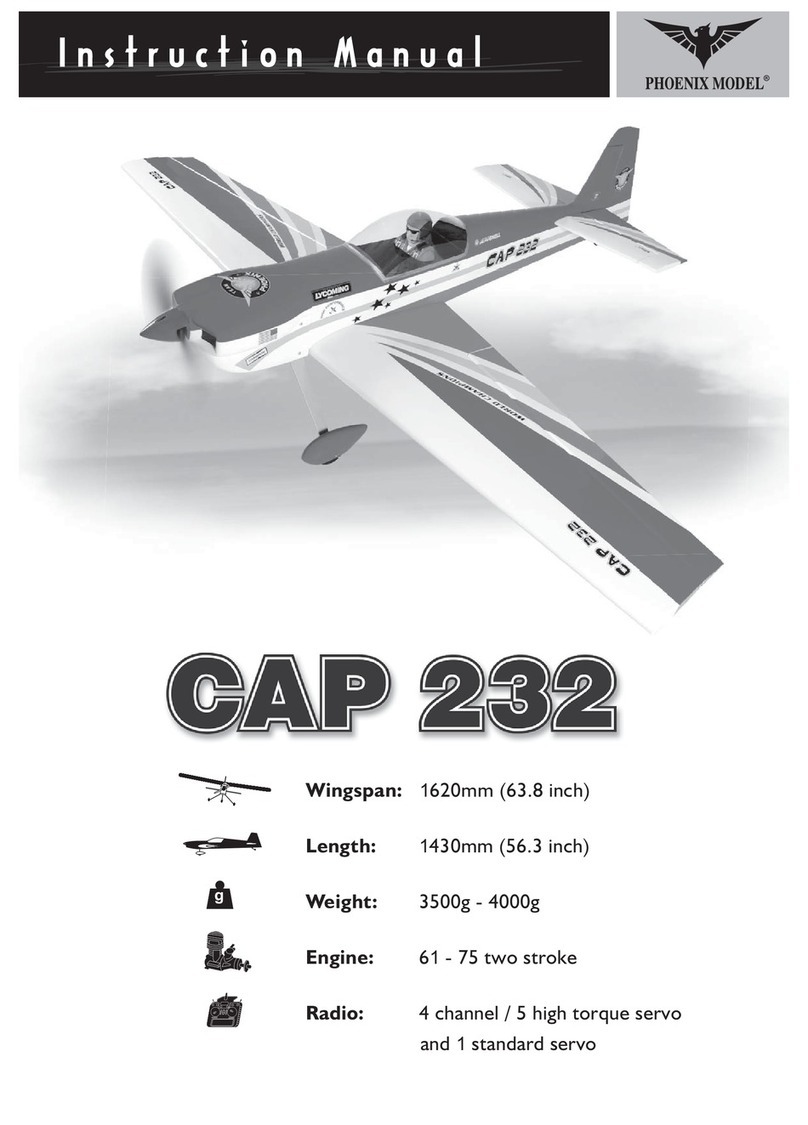
Phoenix Model
Phoenix Model Cap 232 User manual
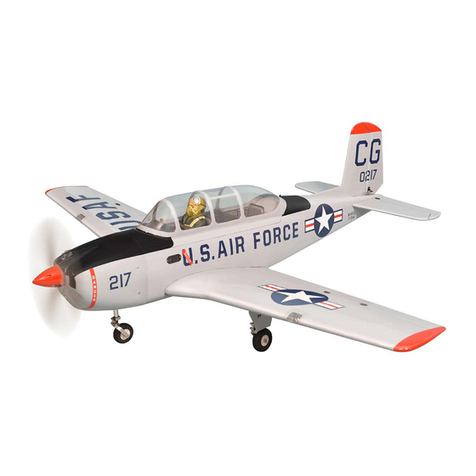
Phoenix Model
Phoenix Model T34 mentor User manual
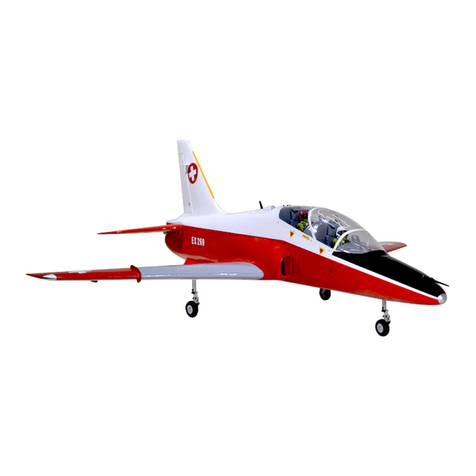
Phoenix Model
Phoenix Model BAE HAWK User manual
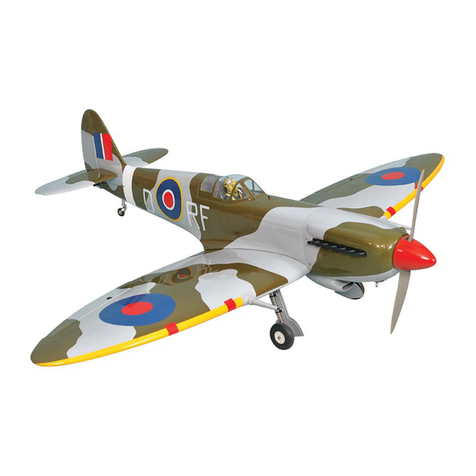
Phoenix Model
Phoenix Model PH151 User manual
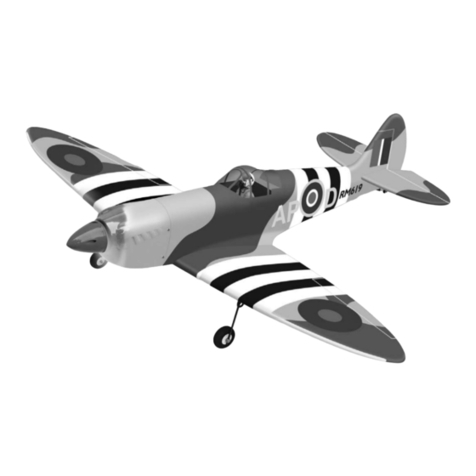
Phoenix Model
Phoenix Model Spitfire User manual
Popular Toy manuals by other brands

FUTABA
FUTABA GY470 instruction manual

LEGO
LEGO 41116 manual

Fisher-Price
Fisher-Price ColorMe Flowerz Bouquet Maker P9692 instruction sheet

Little Tikes
Little Tikes LITTLE HANDIWORKER 0920 Assembly instructions

Eduard
Eduard EF-2000 Two-seater exterior Assembly instructions

USA Trains
USA Trains EXTENDED VISION CABOOSE instructions

